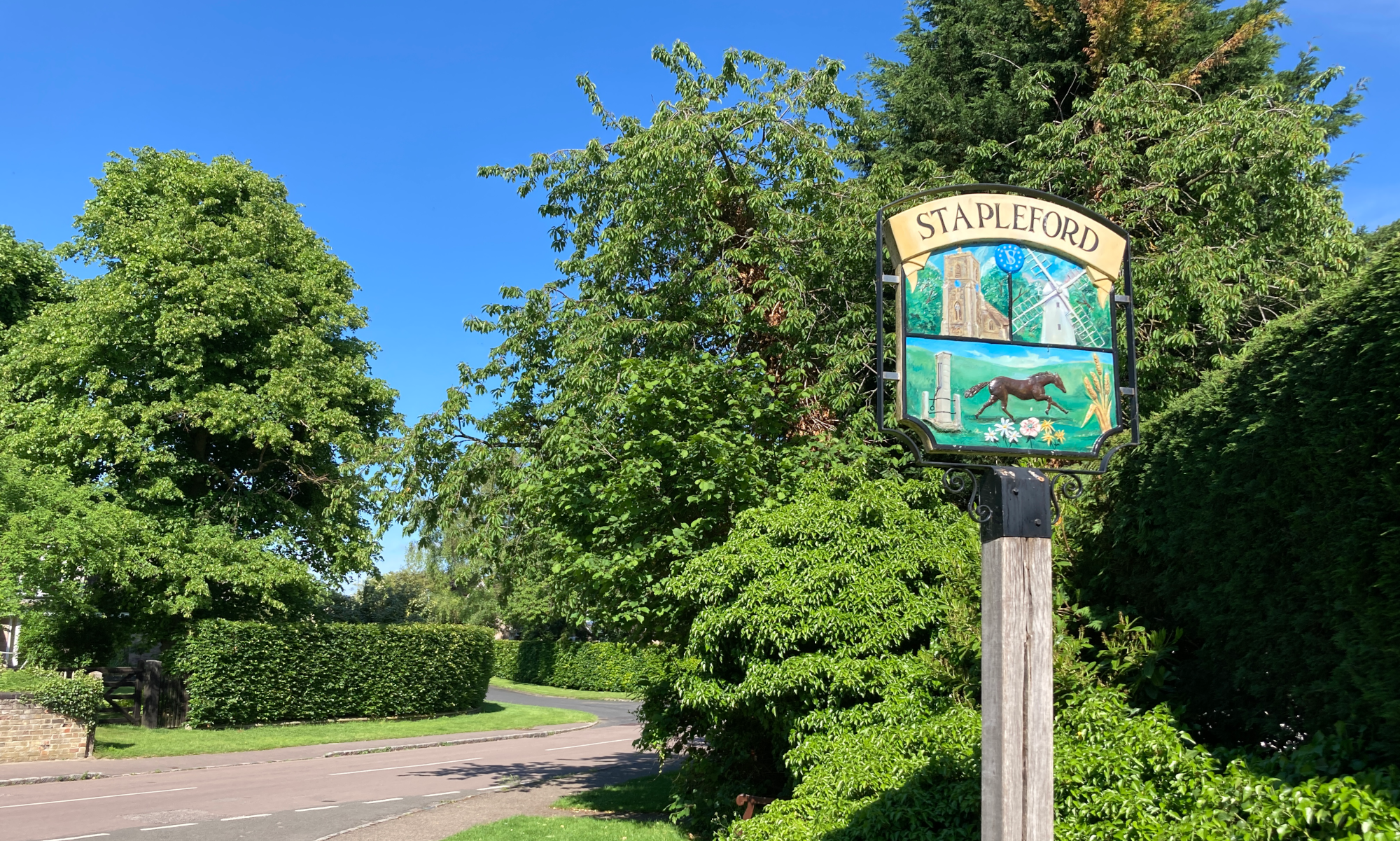Stapleford History Society 9th May 2023
A talk by Elwyn Davies and David Pearce
There was a good turnout considering the weather and we heard a very interesting talk with many illustrations. The two speakers are co-owners of the restored twelve-sided Wicken Windmill. Their windmill is regularly open for visitors who are able to make their own contribution to funds by buying the flour produced there. Volunteers also work to help to fund the purchase of the timber that is necessary for repairs.
Two hundred years ago windmills provided an essential service by milling the flour for everyone’s daily bread. The industry in this part of the country was dominated by four family groupings who worked and intermarried and, at the same time, developed and modified different types of windmill. The names Rawlings, Willis, Hunt and Fyson were mentioned the most, with the Willis family being based in Stapleford.
We learned that POST MILLS were built from c.1150 and were shown a photo of the one at Great Gransden with two millers beside it. TOWER MILLS were developed c.1550 and modified by the invention of Fantails in 1750 and Patent Sails in 1803. Robert Willis built SMOCK MILLS including the Stapleford Mill in 1803 and the Fulbourn Mill in 1808. Stapleford Mill had ceased operation by 1905 and was used as a base by the Home Guard during WWII. The Home Guard burned quantities of wood from the structure itself and it spectacularly collapsed in 1945. The Fulbourn Mill was struck by lightning twice in the same storm and underwent major repairs in 1933. A TOWER MILL was built at Sawston in 1866. It became the Vulcan Iron Works. Its lasting legacy is a kissing gate and iron bridge over the River Mel. The Wicken Mill, owned by the speakers, was built in 1813 with very wide shutter sails and a fantail. A DRAINAGE MILL was built over Soham Mere but destroyed by fire in 1867.
Just as today’s workers feel threatened by automation and the development of AI, so some of our ancestors felt aggrieved when threshing machines took away the need for as many mill workers. The Society for the Protection of Ancient Buildings and the Council for the Preservation of Rural England work to help us remember how people used to live and support the rescue, renovate and rebuild strategy necessary for us to appreciate our heritage.
[report by Jane Steadman]

